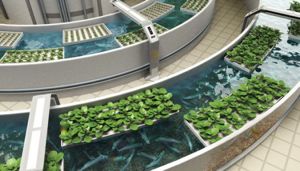 I regret any disappointment to my regular readers, but I now have to take a break from this blog for a few months in order to work on other projects. I am due an amended second edition for Bloomsbury of the logic book, “How to Win Every Argument.” I am due an economics book for Harriman House, provisionally entitled “Sense and Nonsense in Economics,” and I am anxious to start on the first book of a young adult SF trilogy called “Time Force.”
I regret any disappointment to my regular readers, but I now have to take a break from this blog for a few months in order to work on other projects. I am due an amended second edition for Bloomsbury of the logic book, “How to Win Every Argument.” I am due an economics book for Harriman House, provisionally entitled “Sense and Nonsense in Economics,” and I am anxious to start on the first book of a young adult SF trilogy called “Time Force.”
It is not that I haven’t the time to continue with the blog as well; it is that I need the mental space. It’s a curious thing to explain to those who don’t experience it, but I would simply have too much going on in my mind simultaneously. It’s the main reason I stopped writing anotherfoodblog.com. I need to clear some mental space so I can get the books out onto the slipway. This is especially true in that I’ll be continuing with my Adam Smith Institute work and my Cambridge stuff. I’ll still be visiting schools and universities to speak, and still keeping up with developments in the world of public policy and with scientific and technological progress.
My intention is to leave the blog up where it is, but cease to update it. After a time I’ll probably archive the content somewhere that people can access if they wish, and remake the home page of my site. I hope I can take it up again after a few months. I’ve really enjoyed writing it, and it’s been great having you aboard. My best wishes to you for the festive season, and I hope you have a really great fun-packed New Year.
Filed under: Updates | 5 Comments »


















